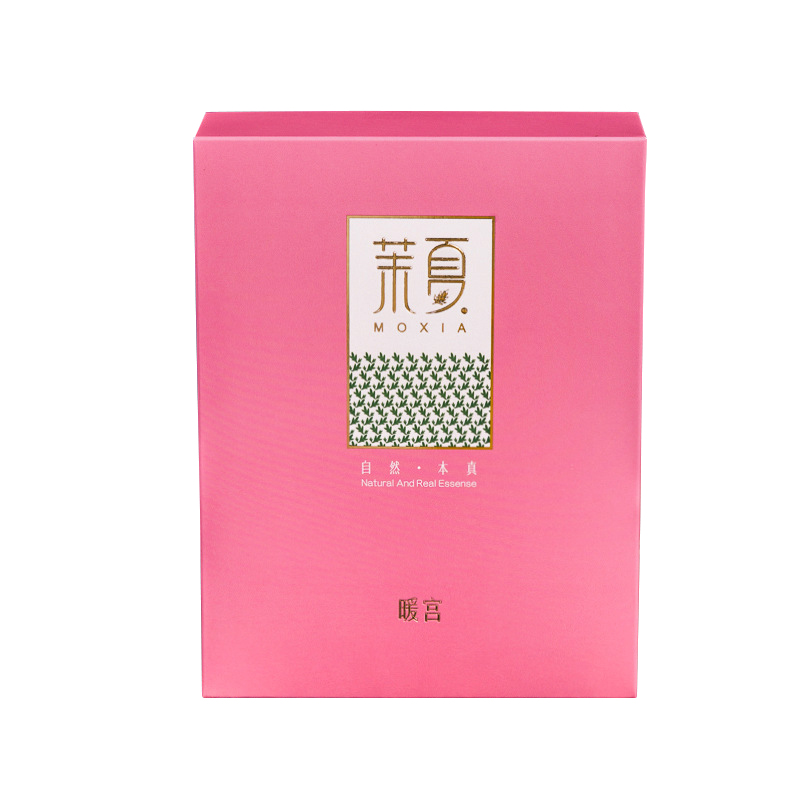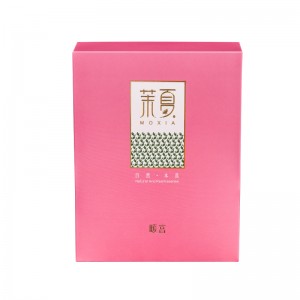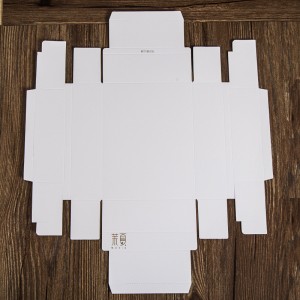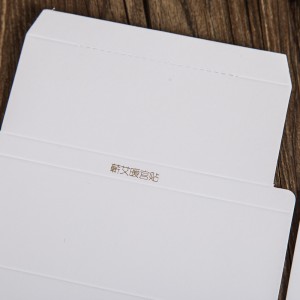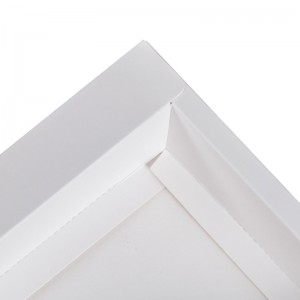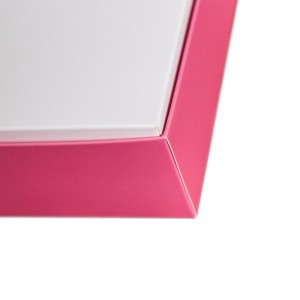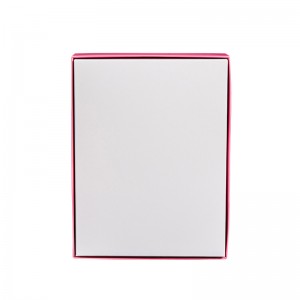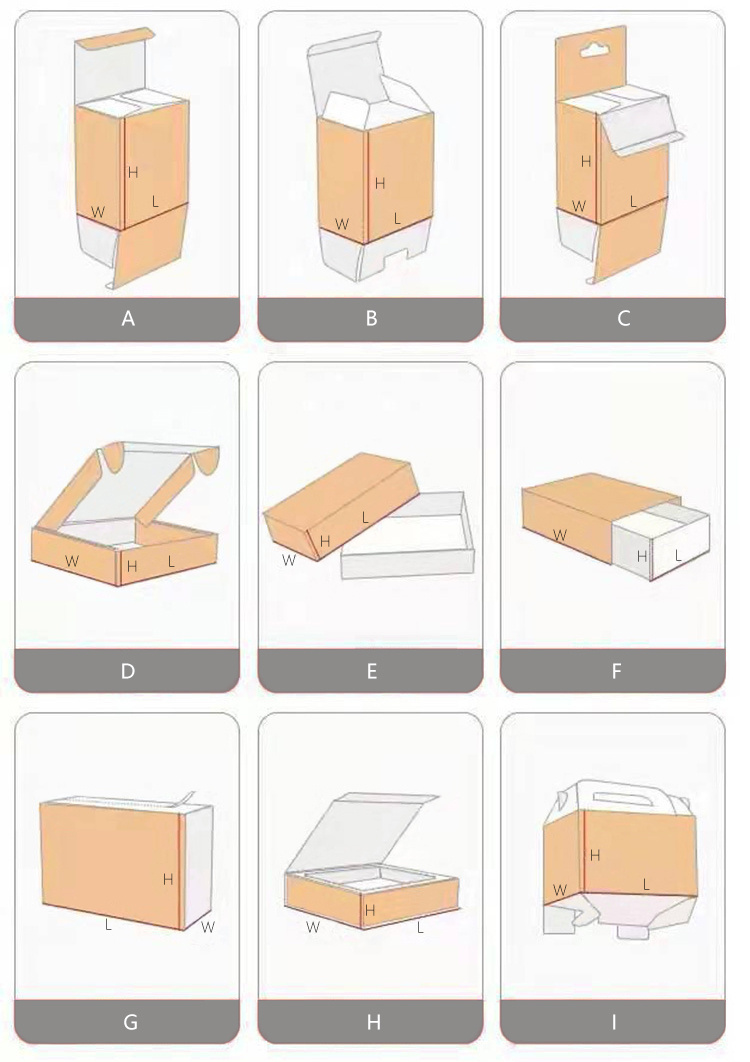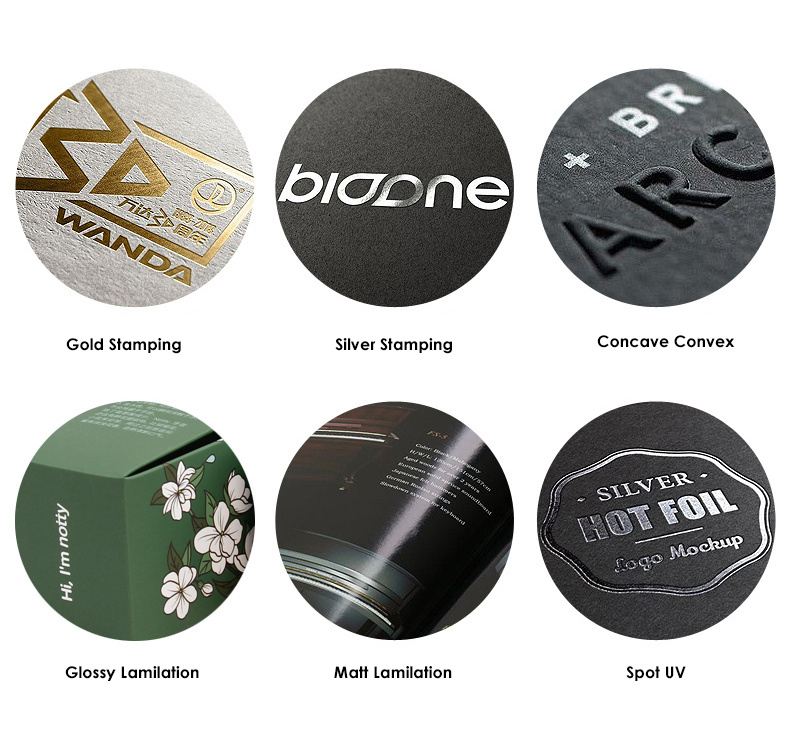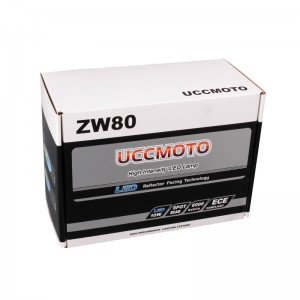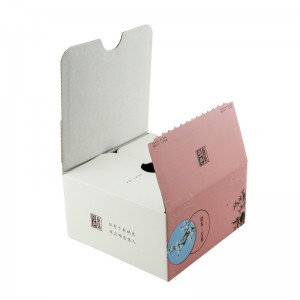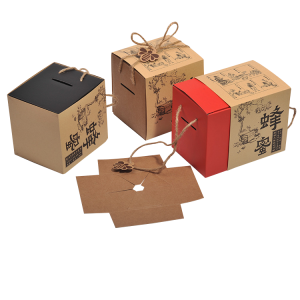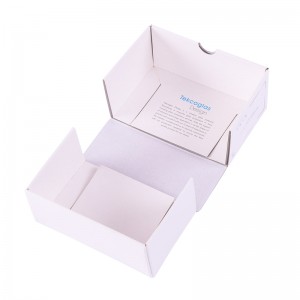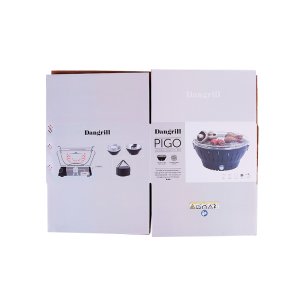hot stamping golden logo pink paper gift mailer boxes
Description
This is a white cardboard paper box,
•2 pieces type,
•the top lid and bottom both are folding style,
•it’s flat shipping.
•The logo is gold foil hot stamping.
Basic Info.
| Product Name | Underwear packaging | Surface Treatment | Glossy/Matte Lamination or Varnish, hot stamping, etc. |
| Box Style | 2 pieces folding box | Logo Printing | Customized Logo |
| Material Structure | Card stock, 350gsm, 400gsm, etc. | Origin | Ningbo city, China |
| Weight | Lightweight box | Sample type | Printing sample, or no print. |
| Shape | Rectangle | Sample Lead Time | 2-5 working days |
| Color | CMYK Color, Pantone Color | Production Lead Time | 12-15 natural days |
| Printing mode | Offset Printing | Transport Package | Standard export carton |
| Type | One-sided Printing Box | MOQ | 2,000PCS |
Detailed Images
These details are used to show the quality, such as materials, printing and surface treatment.
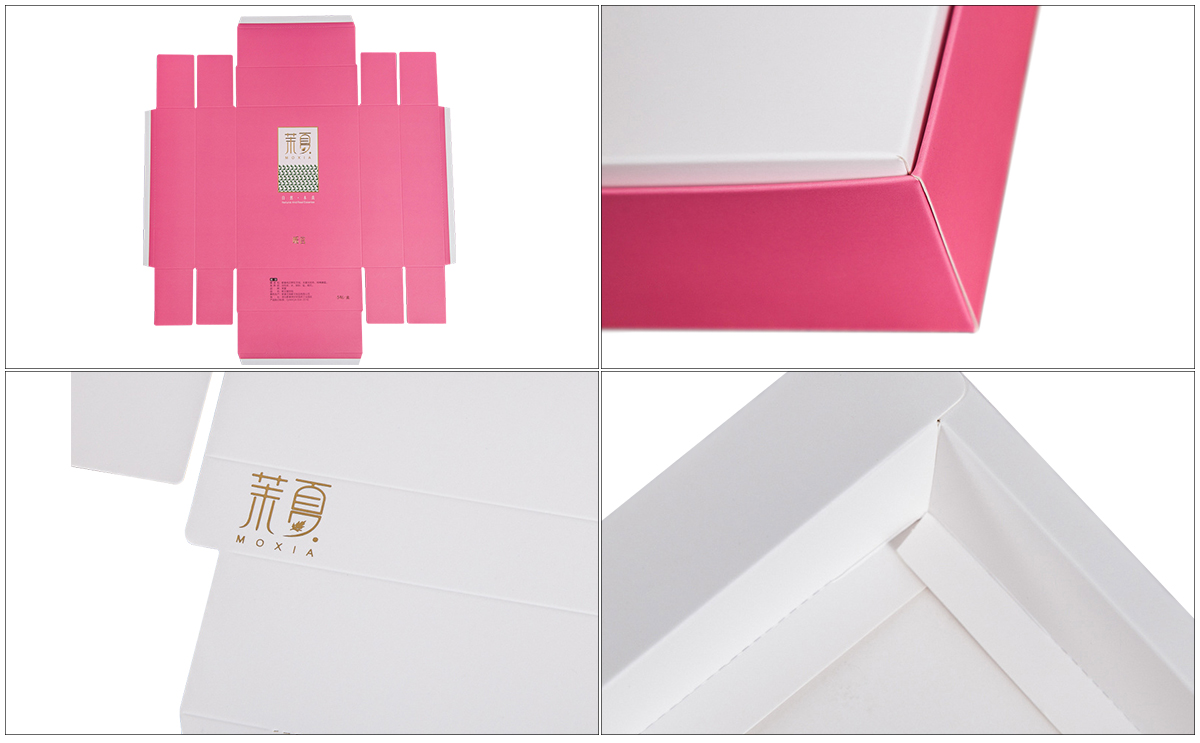
Material Structure and Application
Paperboard is a thick paper-based material. While there is no rigid differentiation between paper and paperboard, paperboard is generally thicker (usually over 0.30 mm, 0.012 in, or 12 points) than paper and has certain superior attributes such as foldability and rigidity. According to ISO standards, paperboard is a paper with a gram mage above 250 g/m2, but there are exceptions. Paperboard can be single- or multi-ply.
Grey board Structure Diagram

Paperboard can be easily cut and formed, is lightweight, and because it is strong, is used in packaging. Another end-use is high quality graphic printing, such as book and magazine covers or postcards.
Sometimes it is referred to as cardboard, which is a generic, lay term used to refer to any heavy paper pulp–based board, however this usage is deprecated in the paper, printing and packaging industries as it does not adequately describe each product type.
Terminology and classifications of paperboard are not always uniform. Differences occur depending on specific industry, locale, and personal choice. In general, the following are often used:
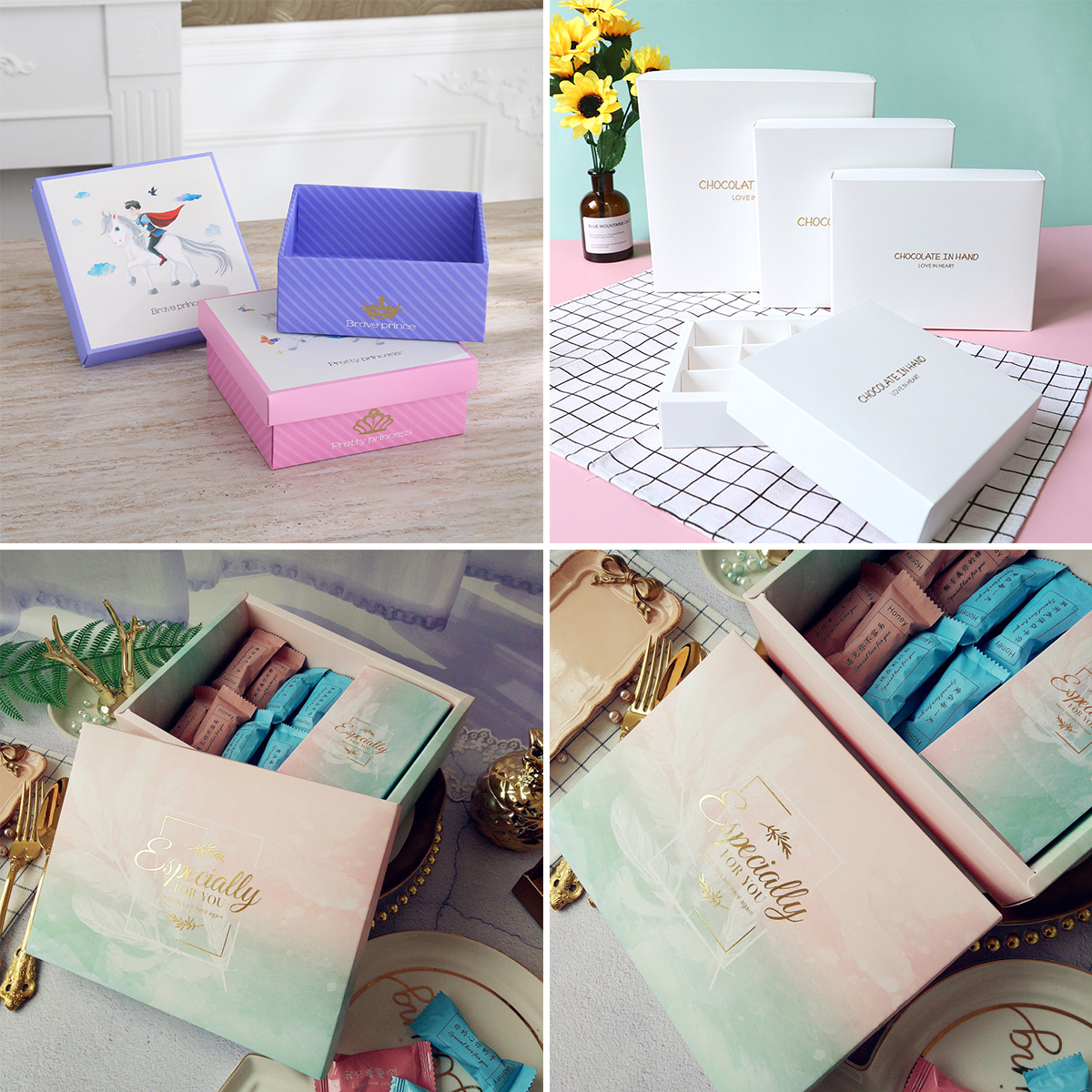
Box Type and Surface Treatment
These box type are used for reference, it can be customized as well.
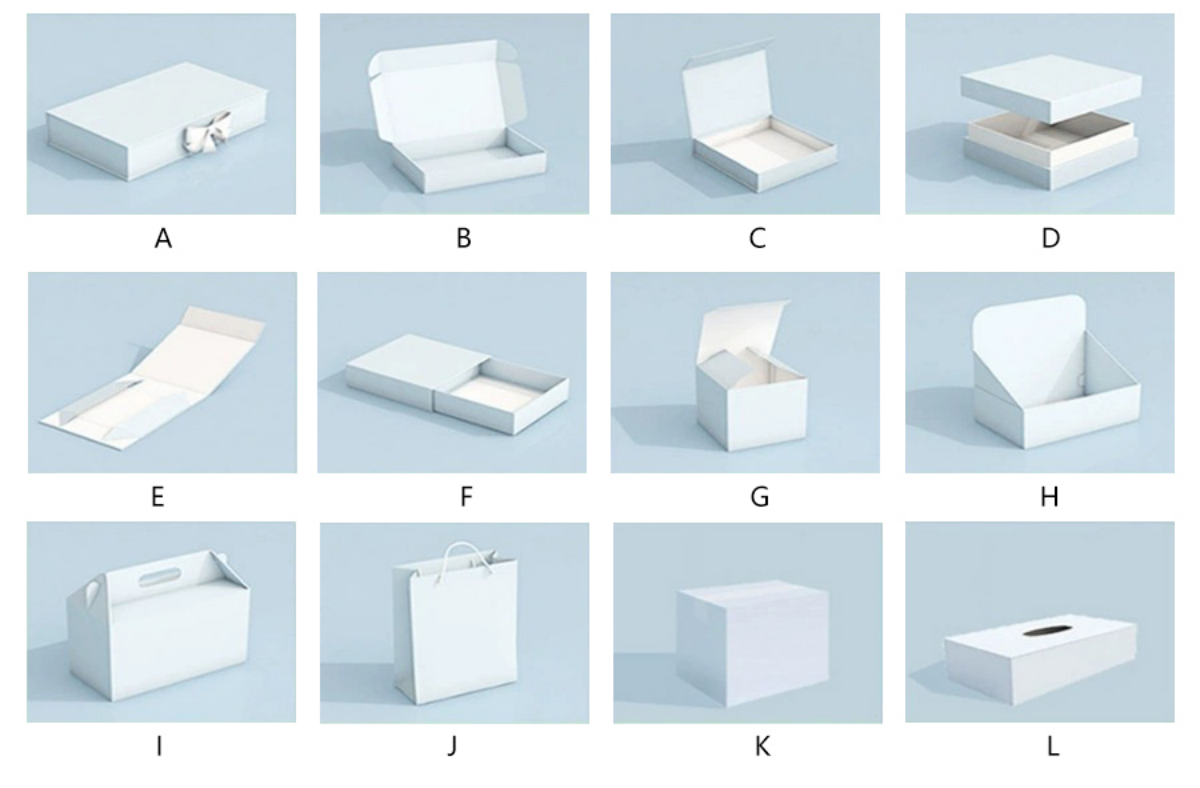
Common Surface Treatment As Follows
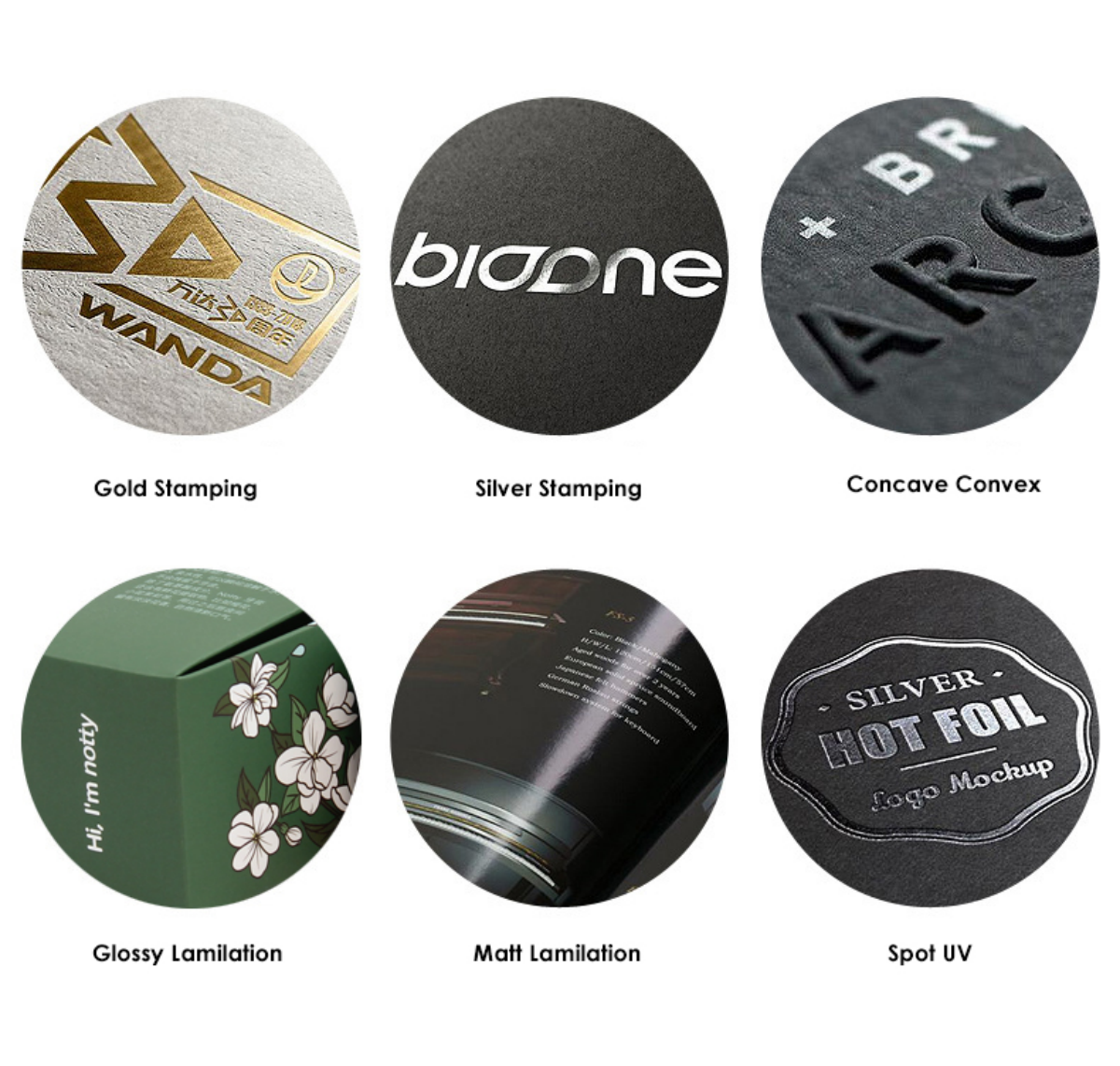
Paper Type
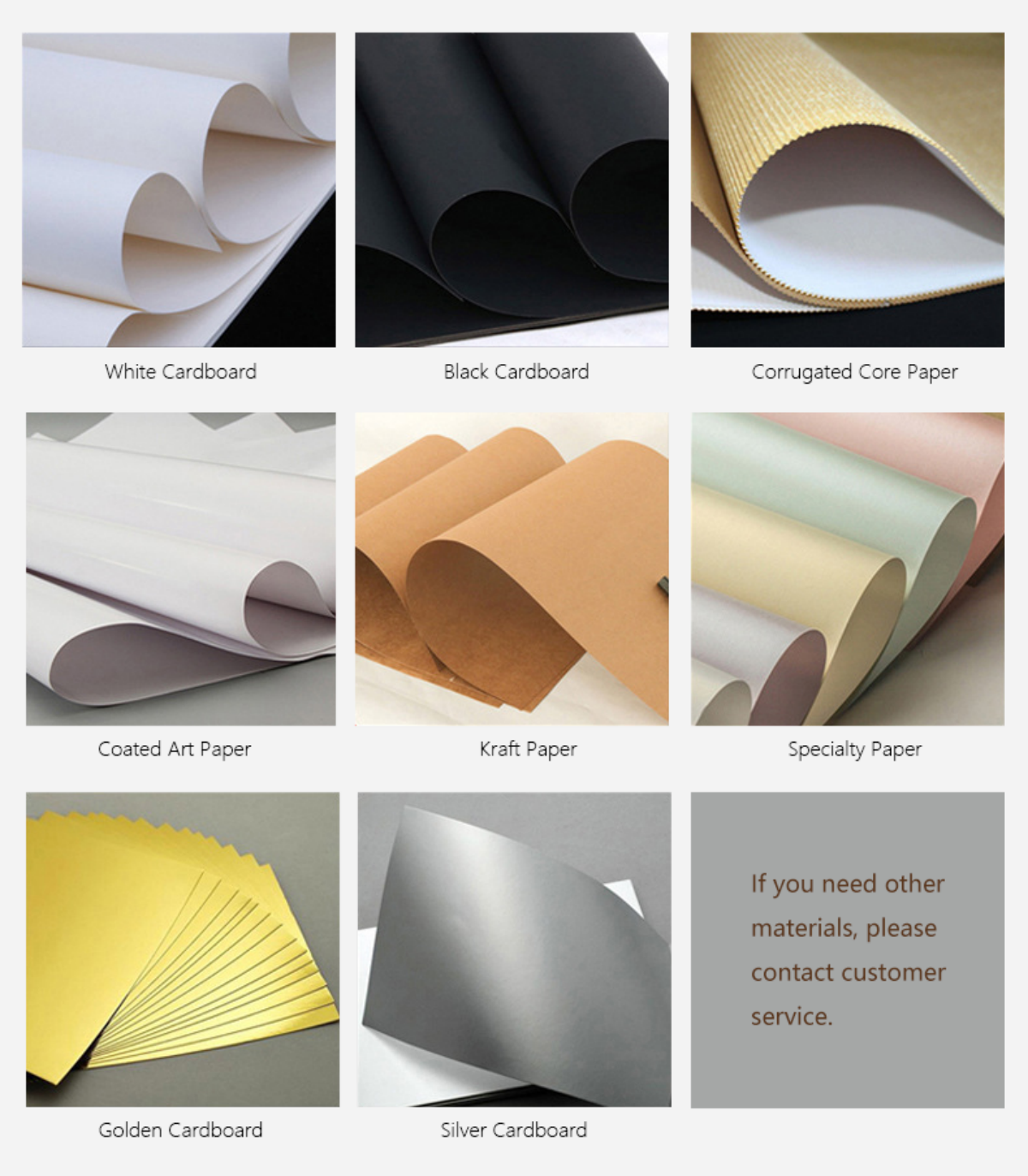
| C1S -White Cardboard PT/G SHEET | ||
| PT | Standard gram | Using gram |
| 7 PT | 161 g | |
| 8 PT | 174 g | 190 g |
| 10 PT | 199 g | 210g |
| 11 PT | 225 g | 230 g |
| 12 PT | 236g | 250g |
| 14 PT | 265 g | 300 g |
| 16 PT | 296 g | 300 g |
| 18 PT | 324g | 350g |
| 20 PT | 345 g | 350 g |
| 22 PT | 379 g | 400g |
| 24 PT | 407 g | 400 g |
| 26 PT | 435g | 450 g |
White card paper
It is better, the price is a little expensive, but the texture and hardness are enough, again the point is white (white board). Powder board paper: white on one side, grey on the other, lower price.
Customer Question & Answer
Please contact customer service for more information.
Your response of following questions will help us recommend the most suitable package.
Material Structure and Application
In the ever-evolving world of packaging, there is an ever-increasing demand for sustainable and environmentally friendly solutions. With the 2024 paper product packaging export orders approaching, it is time to take a deeper look at the potential impact and opportunities this brings to the industry.
One of the key factors driving demand for paper product packaging is the shift in consumer preferences towards sustainable and biodegradable materials. This provides an opportunity for companies to align with these values and cater to an environmentally conscious consumer base. By taking advantage of the 2024 export orders, companies can expand their reach and tap into new markets that prioritize sustainable packaging solutions.
In addition, export orders also highlight the potential for innovation and technological advancement in the paper packaging industry. As the demand for environmentally friendly packaging solutions continues to grow, continuous research and development is required to improve the quality and functionality of paper packaging. This provides manufacturers with the opportunity to invest in cutting-edge technologies and processes that can further enhance the appeal and performance of paper product packaging.
Box Type and Finish Surface
These box type are used for reference, it can be customized as well.
The surface treatment process of printed products generally refers to the post-processing process of printed products, in order to make the printed products more durable, convenient for transportation and storage, and look more high-end, atmospheric and high-grade. Printing surface treatment includes: lamination, spot UV, gold stamping, silver stamping, concave convex, embossing, hollow-carved, laser technology, etc.
Common Surface Treatment As Follows


